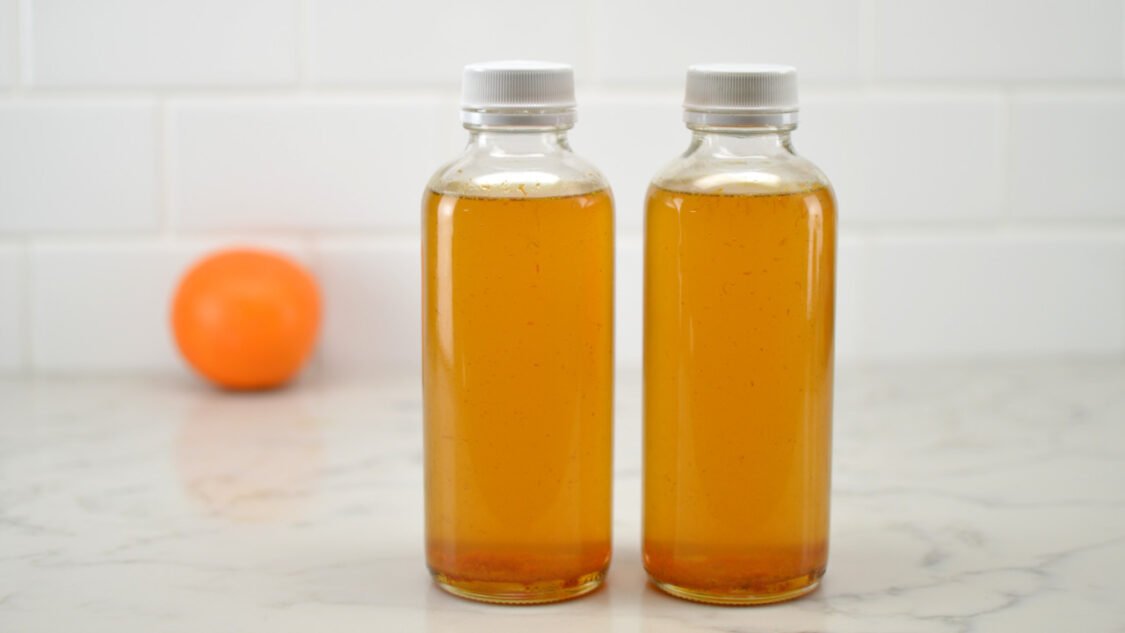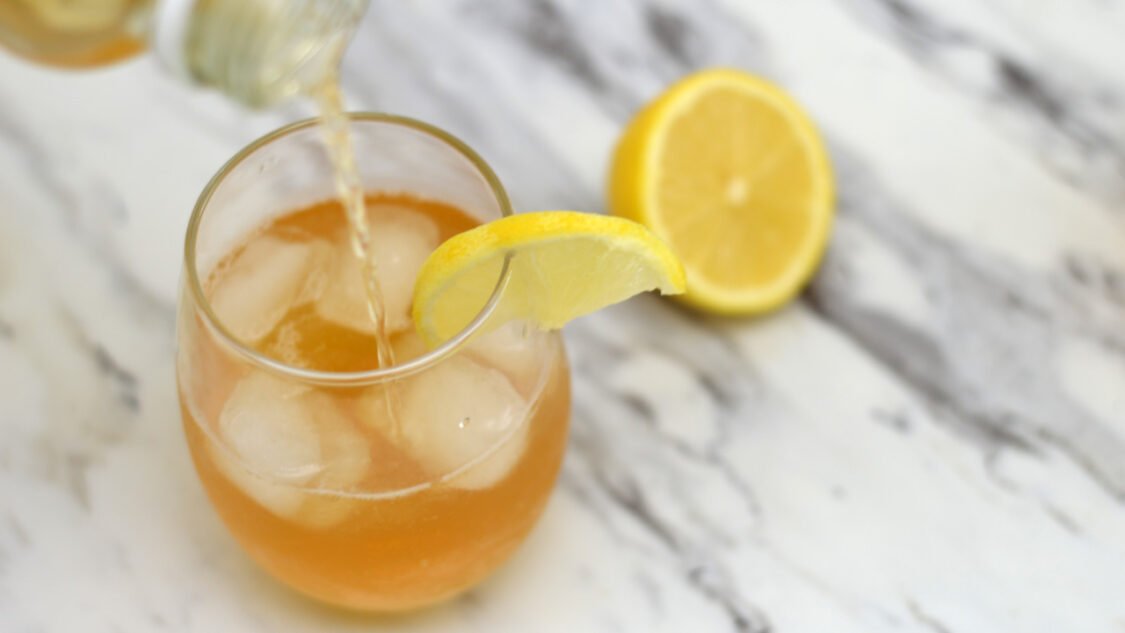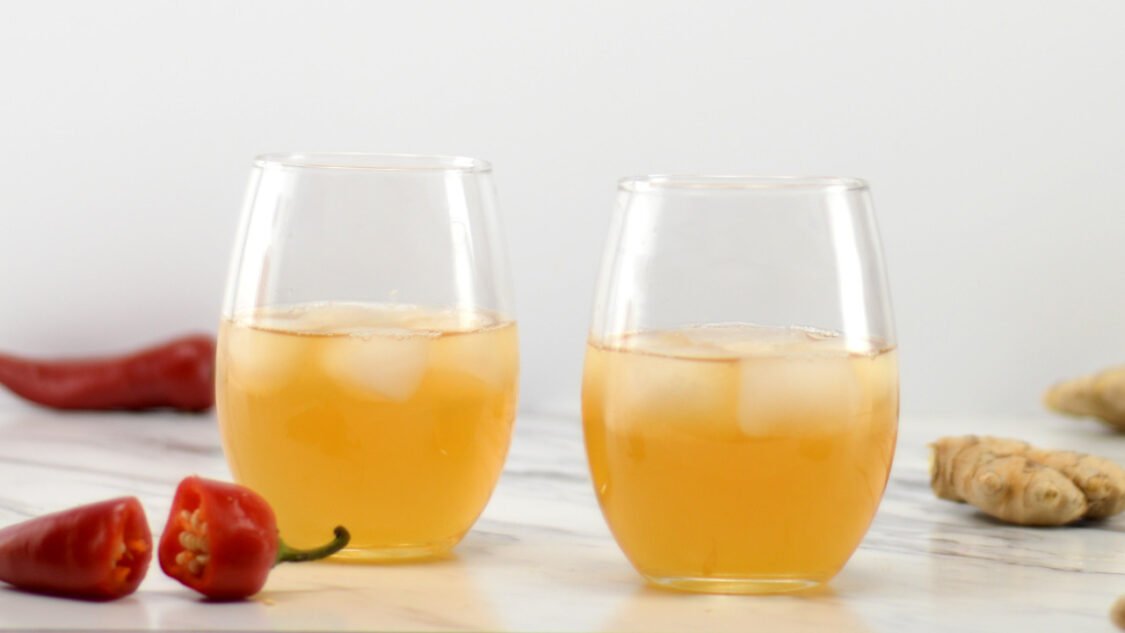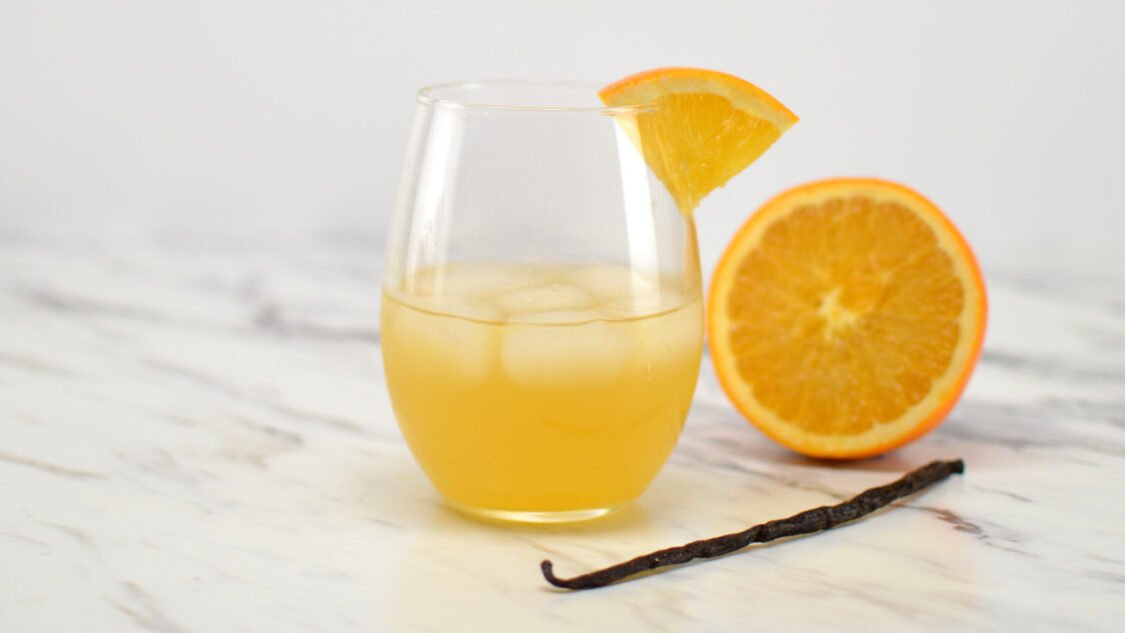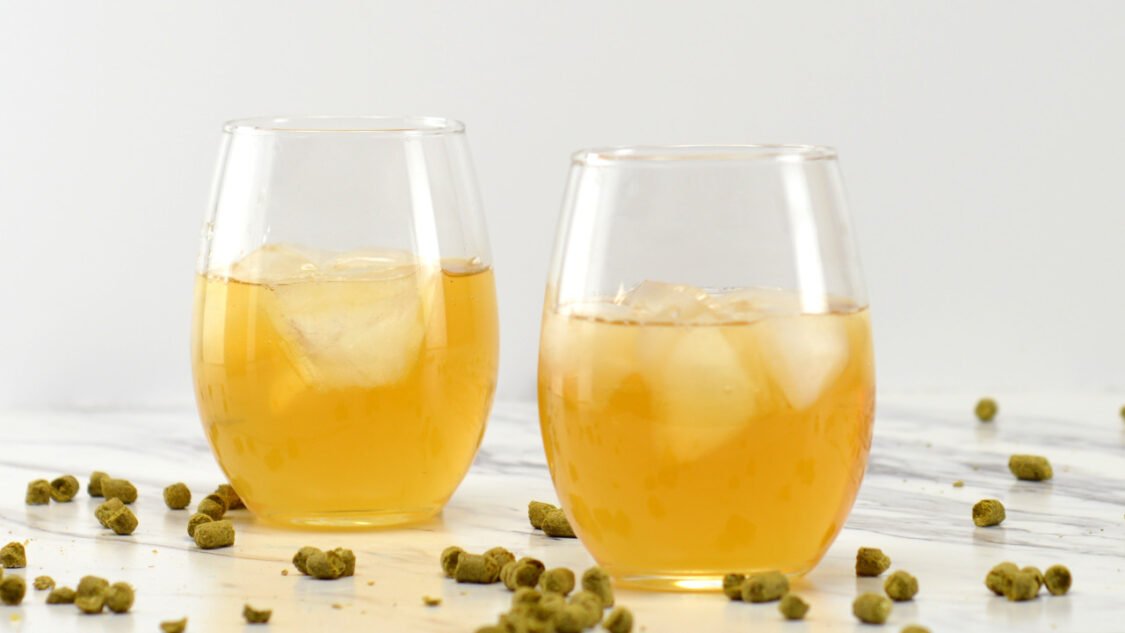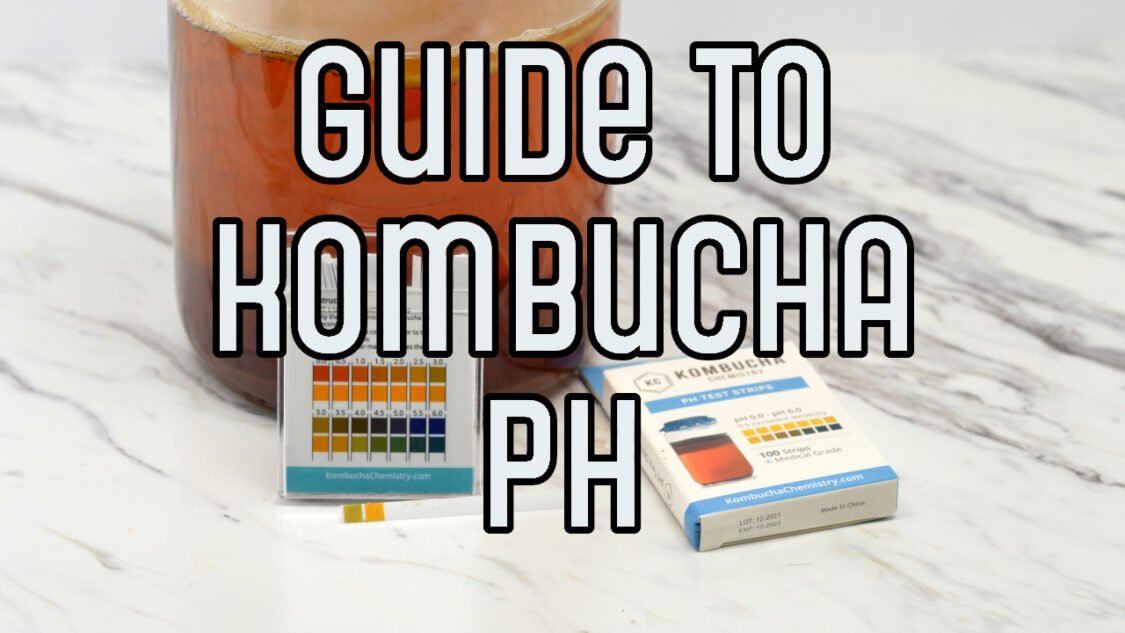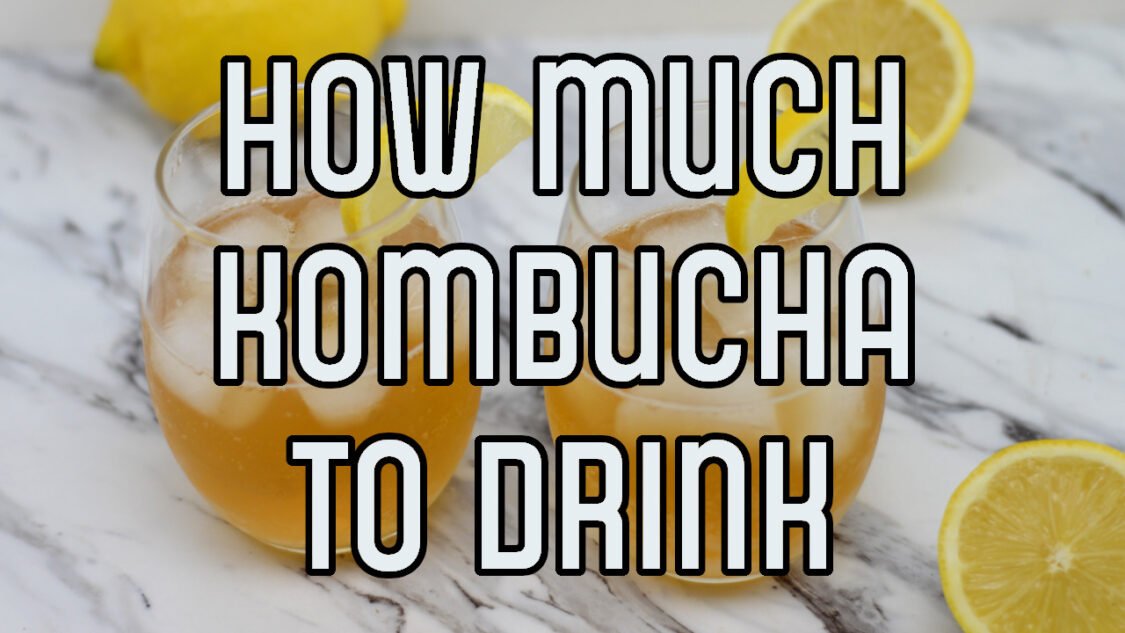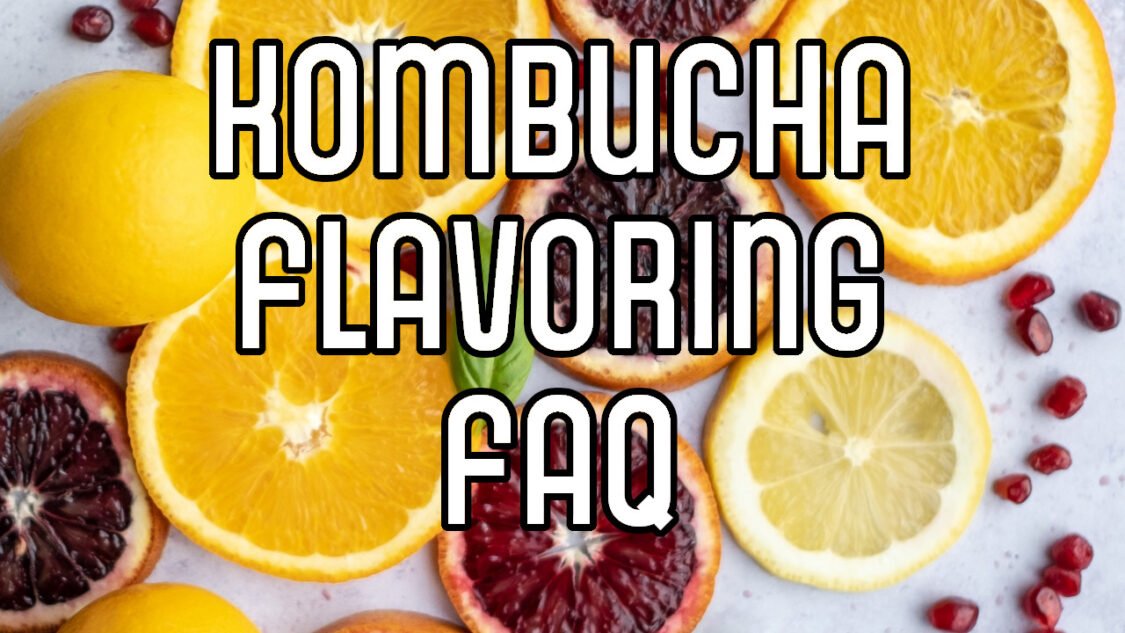Mango Dragon Fruit Kombucha

Mango dragon fruit kombucha is a unique and delicious flavor combination. It’s a blend of two fruits that go hand-in-hand perfectly for a taste of summer. Mangos, with their deep orange color and succulent, sweet flavors evoke the feeling of sitting on the beach on a tropical island. They have a complex flavor profile with an incredible breadth of descriptions from zesty orange to juicy peach, tropical pineapple with notes of cucumber peel and caramel!
Pair with with the vibrant red color and subtle light fruit taste of dragon fruit for a combination in perfect harmony. The almost glowing, reddish pink color from the red dragon fruit creates a stunning visual presentation in your glass that almost makes it look like it’s glowing.
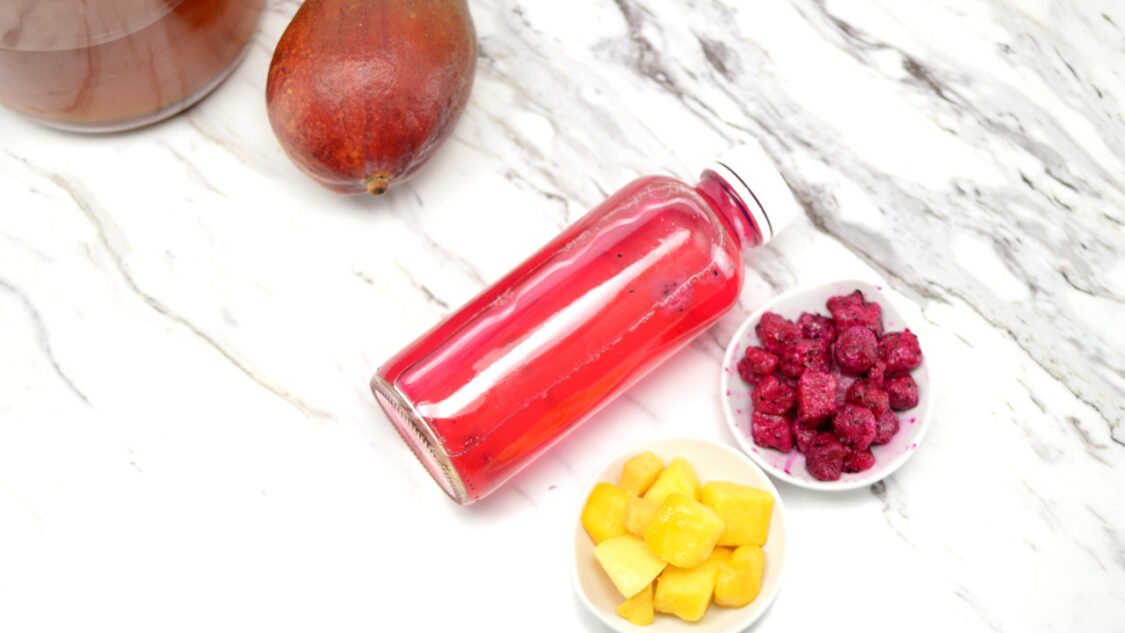
Kombucha Fermentation Overview
There are two fermentation phases when making kombucha:
Primary Fermentation: This is when you transform sweet tea into tart and tasty kombucha. Get all the details at how to make kombucha.
Secondary Fermentation: This is when you carbonate your homemade kombucha by adding flavors (like dragon fruit and mangos) and sugars and bottling it.

Preparing for Secondary Fermentation
This recipe makes about 7 x 16 fluid ounce bottles of finished kombucha (from a 1-gallon batch of unflavored homemade kombucha aka from your primary fermentation).
Reserve 2 cups (about 16 oz / 0.47L) kombucha and your SCOBY from your completed primary fermentation and set aside – you will use this as your starter for your next gallon batch of kombucha.
With your kombucha starter tea and SCOBY placed aside, you now have enough kombucha left to flavor and fill your bottles. This guide assumes are using 16 oz. glass bottles which are a popular choice for kombucha; however, there are many options for bottling kombucha.
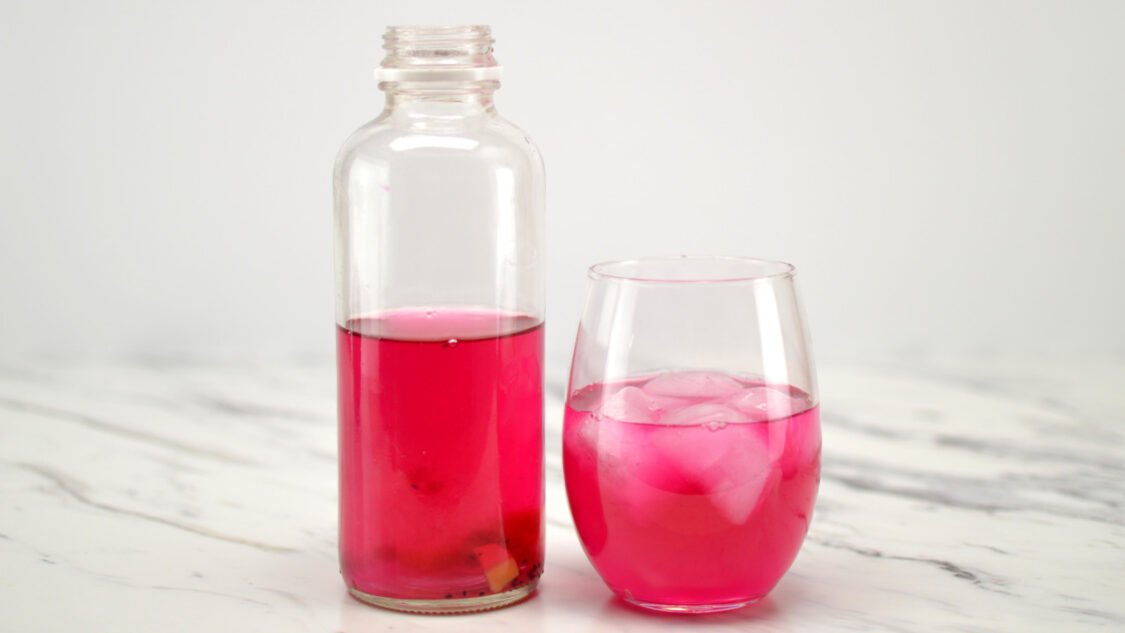
Ingredients to make Mango Dragon Fruit Kombucha
Dragon fruit: Use either fresh or frozen dragon fruit. Frozen dragon fruit cubes are a convenient way to keep a supply on hand for when you get the urge to make mango dragon fruit kombucha. Here I chose red since the color is amazing and the red variety contains higher levels of antioxidants and also more vitamin C.
Mango: Mango is a tropical fruit with a sweet and juicy flesh that is typically orange or yellow in color. A ripe fresh mango has sweet, citrus, and almost melon flavors all in one. The aroma of mangos is reminiscent of tropical fruits like papaya and pineapple with floral notes. Fresh or frozen mango works great. Here I used bite sized cubes of frozen mango since it was more convenient.
Sugar: A touch of additional sugar for bacteria and yeast to feed on which creates carbonation–extra fizzy goodness. When filling 16 ounce bottles I’ve found a sugar cube has the right amount of sugar (1 tsp) for carbonation and is a convenient way to add the right amount without the mess.
How to make Mango Dragon Fruit Kombucha
Add Flavors: Divide mango, dragon fruit and sugar between the bottles.
Bottle: Transfer kombucha to fermentation bottles.
Condition: For 3 to 10 days, until it reaches the carbonation level you like.
Enjoy: Chill in the fridge before serving and strain out fruit pieces when pouring (optional)
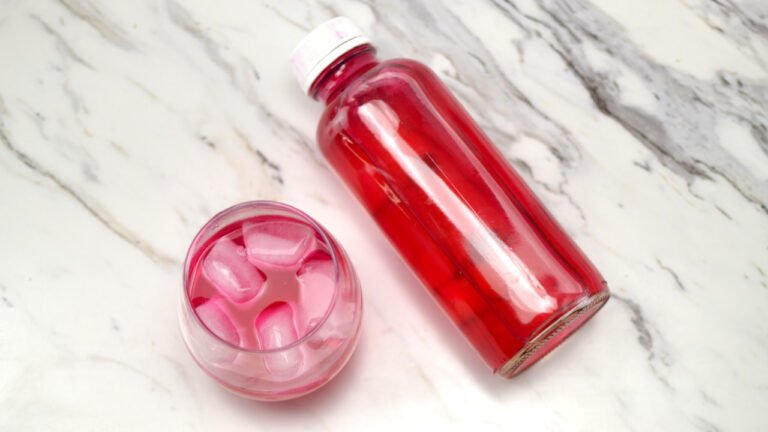
Mango Dragon Fruit Kombucha Recipe
Yield: 7 bottles • Active time: 20 minutes • Total time: 3 -10 days
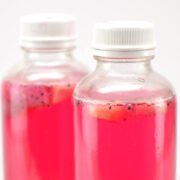
This recipe assumes you are doing a secondary fermentation (flavoring and carbonation) in the bottle. You may also incorporate a third fermentation using the same proportions but following the third fermentation steps.
Ingredients:
1/2 gallon (64 oz) homemade kombucha from a first fermentation, 1.9 L
1 ripe mango (peeled and seeded) or frozen (thaw first), finely diced, 150 g
1 ripe dragon fruit (peeled) or frozen (thaw first), finely diced, 150 g
7 sugar cubes or 2 Tbs white sugar 12 g
Instructions:
Prepare fruit: Peel and finely chop about 1 cup of fresh mango. Do the same with the dragon fruit. If using frozen, roughly chop pieces into small chunks to allow more area for the fruit flavors to infuse into your kombucha.
Flavor: Evenly divide dragon fruit and mango between the bottles
Sweeten: Add one sugar cube per 16 bottle or evenly divide sugar between bottles (about 1 tsp per bottle)
Bottle: Transfer kombucha into fermentation bottles, leaving about 1 inch empty at the top. Seal tightly.
Ferment: Place in a dark, room temperature area for 3 to 10 days, until it reaches the carbonation level you like. This process will go faster in warmer climates, and slower in cooler climates.
Enjoy: Chill your mango dragon fruit kombucha bottles in the fridge before serving and strain the kombucha to remove fruit pieces when serving (optional).
Homemade Kombucha can be stored in the fridge, tightly sealed, for several weeks.
Tips & Tricks:
Make sweet tea for your next batch the night before you flavor and bottling and let it cool on the stove overnight so that you can flavor your kombucha and get your next batch started at the same time.
If this is your first time brewing, it may be helpful to use a plastic water bottle as a gauge. Fill a recyclable plastic bottle with kombucha (leaving 1.5 inches empty at the top). When this bottle becomes rock hard, you’ll know the glass bottles are also ready. This will help you gauge how long it take for kombucha to carbonate your climate and will prevent bottle explosions.
Nutrition Information:
Kombucha Recipes You Might Also Like
More Kombucha Knowledge
Helping you learn to brew kombucha, find inspiration for new kombucha flavors and use kombucha to make kombucha mocktails

